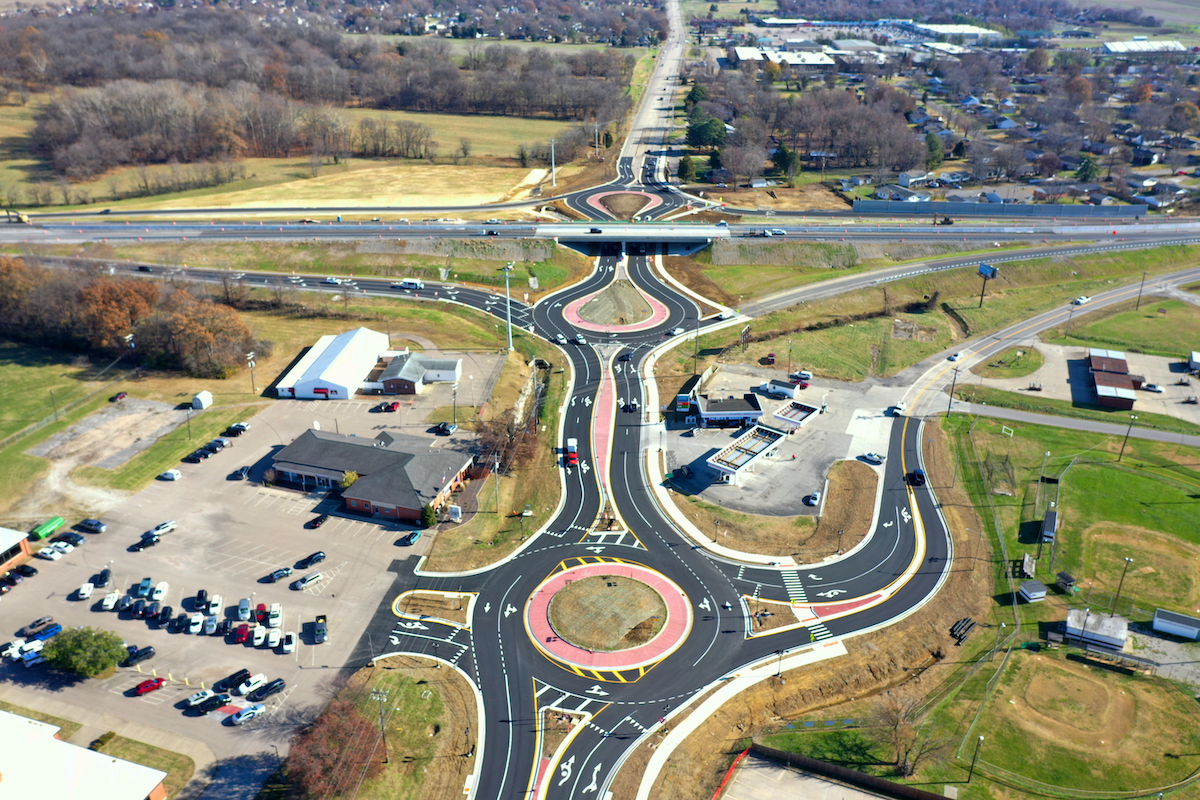CHICAGO, IL — The Chicago Transit Authority (CTA) has taken the next major step in the Red Line Extension (RLE) Project by selecting a contracting team, Walsh-VINCI Transit Community Partners, to design and build the 5.6-mile extension of the Red Line from 95th Street to 130th Street, including four new Red Line stations.
The Chicago Transit Board approved the award of a $2.9 billion contract to Walsh-VINCI Transit Community Partners following a comprehensive, two-year procurement process.
RLE is the largest project in CTA history and will provide faster connections from the Far South Side to the rest of the city while serving as an economic catalyst to one of the most disinvested parts of Chicago. The RLE is a transit equity project that fulfills a commitment to the Far South Side by significantly improving transportation to this part of the city with 5.6 miles of new track and four new fully accessible rail stations at 103rd, 111th, Michigan near 116th, and 130th Street.
“The Red Line Extension corrects past transit inequity and increases access to the most affordable transportation in the city. Hiring the contracting team that can provide the best value to the CTA to construct the RLE is a consequential step that demonstrates our vow to build this project,” CTA President Dorval R. Carter, Jr. said. “The CTA’s Red Line Extension Project is an example of how transportation dollars can be distributed to have lasting impact on the Far South Side including workforce and small business opportunities that create jobs and support families.”
Walsh-Vinci Transit Community Partners will engineer, design, and build the Red Line Extension Mainline Project. The contracting team will be responsible for building the Mainline project, which includes:

| Your local Case Construction Equipment Inc dealer |
|---|
| Birkey's Construction Equipment |
- Extension of the Red Line 5.6 miles from 95th Street to south of 130th Street
- Building four new, accessible stations near 103rd Street, 111th Street, Michigan Avenue, and 130th Street, each expected to include bus, bike, pedestrian, and parking facilities.
Construction is expected to start in late 2025 and be completed by 2030.
To find and select a contractor to design and build the project, CTA underwent a two-step procurement process to select the most qualified contractor that provides the best value to CTA.
The first step was issuing a Request for Qualifications in 2022 to find contracting teams that had the experience and ability to build a large, complex rail project like the Red Line Extension. CTA subsequently qualified three contracting teams and issued a Draft Request for Proposals to the potential bidders followed by a Final Request for Proposals in September 2023.

| Your local Wirtgen America dealer |
|---|
| Brandeis Machinery |
Following the rigorous two-year bid process, CTA determined that the proposal submitted by Walsh-VINCI Transit Community Partners provided the best value to CTA. In considering the bids, CTA considered the technical proposals on how the project would be built and the proposed cost. The Walsh-VINCI Transit Community Partners team brings to CTA its local, national, and global transit construction experience.
Walsh-Vinci’s proposal was selected because it provided an innovative design and construction approach that will minimize impacts to the community. Walsh-VINCI Transit Community Partners includes Walsh Construction, VINCI Construction, EXP, Systra, and other subcontractors.
CTA and the contractor will hold public meetings as design and construction planning begins on this project. The contractor will work closely with local communities and CTA customers on construction impacts to neighborhoods and service.
The project’s budget has increased to $5.3 billion, which includes financing expenses, to cover cost increases for construction materials, labor, and financing. The prior project budget was $3.6 billion before finance charges and $4.1 billion including financing costs. CTA is moving forward with the project to fulfill the long-ago promise to the Far South Side that the RLE would be built. Delaying the project would potentially increase the budget by several billions of dollars.

| Your local New Holland dealer |
|---|
| Burris Equipment |
CTA announced earlier this year that it will begin performing advance construction work this fall, including demolition of properties acquired for the project and advance utility relocation, which includes removing wires and poles and relocating utility equipment ahead of major construction in late 2025.
The Red Line Extension will offer many benefits to the Far South Side and its residents, including:
- Up to 30 minutes of time savings to riders traveling from the future 130th Station to the Loop
- More than 25,000 jobs expected in Cook County in future years
- Opportunities for workforce training, jobs, and participation in the project by small Disadvantaged Business Enterprise (DBE)-certified small businesses
- CTA supports DBEs through efforts including the Building Small Business program and partnerships with its construction contractors.
- An award-winning RLE Transit-Supportive Development Plan in partnership with Chicago’s Department of Planning and Development that will guide the future development of the long-disinvested communities located near the RLE project area



































































